Why Do Brazilian Cross-Dressers Love the Carnival Holiday?
Cross-dressing is not something that happens as an isolated event. Our sisters come from different parts of the world. But we have a universal language for expressing our feminine side. Now, when it comes to cross-dressing in South America, the Brazilian carnival holiday is a big event. It draws many members of the LGBTQ community, But how did cross-dressing become a part of it?
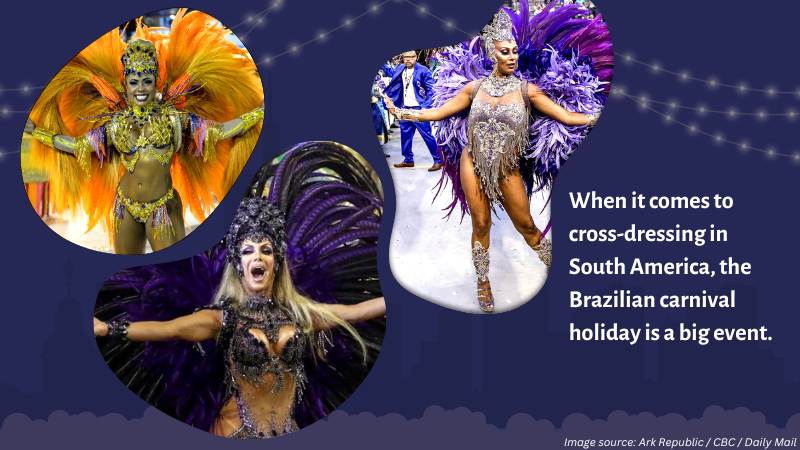
It took some time and started as a sexist joke. But the changes in society affected many of its cultural aspects. Nowadays, it’s a rather welcoming event if you know where to look. And thanks to the internet, it’s more popular within the LGBTQ community every year. If you want to know more about how Brazilian cross-dressers enjoy this holiday, this is your article!
What is this holiday?
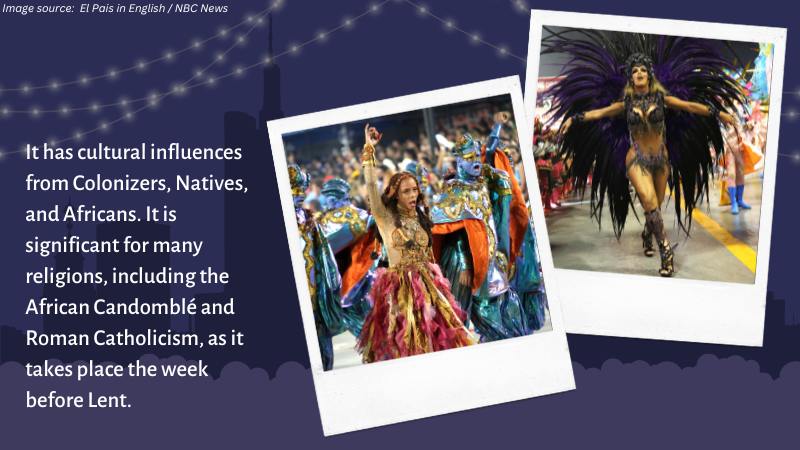
The Brazilian Carnival is a centuries-old holiday. Its origin is tied to the Portuguese colonization and the mixed culture that came to be. The Carnival is a huge festival. It has cultural influences from Colonizers, Natives, and Africans. It is significant for many religions, including the African Candomblé and Roman Catholicism, as it takes place the week before Lent. Some historians say it started during the 1600s, while others defend it was in 1723. But they all agree that it developed into what we know today during the 19th and 20th centuries. But what happens during this holiday?
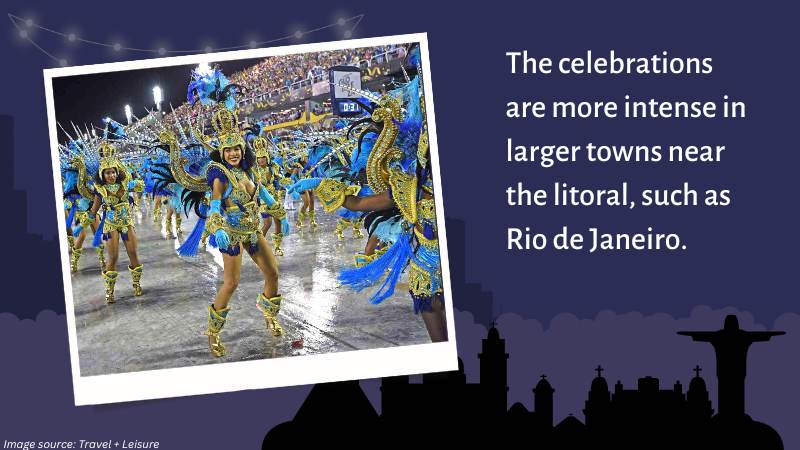
Well, it depends on the region. But in most cities, it’s a 6-day-long holiday in which people party, sing, and dance on the streets. The celebrations are more intense in larger towns near the litoral, such as Rio de Janeiro. We get millions of people celebrating at the same time. That is, Including hundreds of thousands of tourists and foreign visitors. Popular styles of music include the local Samba. But you can expect different tunes based on your location and who’s with you. But you can expect a cheerful crowd and lots of cross-dressers. I’ll tell you more about that in this article’s next section.
How cross-dressing became a part of it
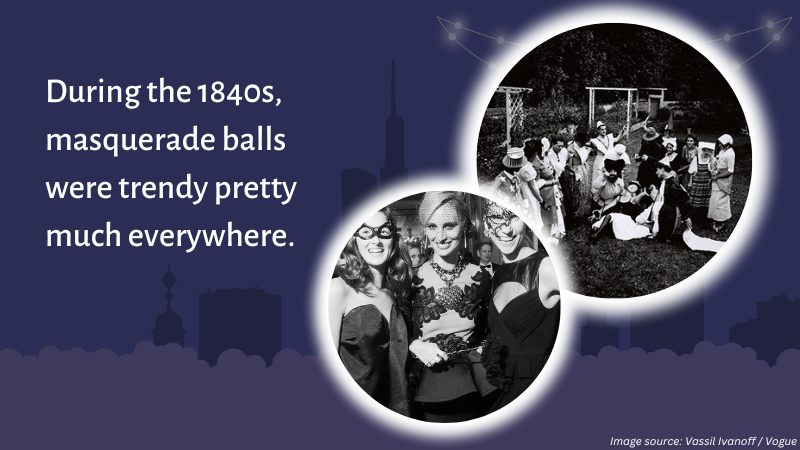
It’s now clear that the Brazilian Carnival is a huge event that mixes up a lot of cultures. But how and why did it become a holiday that Brazilian cross-dressers expect so much? Well, once again, we’ll have to go back in History. During the 1840s, masquerade balls were trendy pretty much everywhere. These balls were gradually incorporated into the Carnival culture. After some time, people started showing up to the festivals in masks or costumes. These habits became popular throughout the late 19th century, symbolizing the Brazilian Carnival.
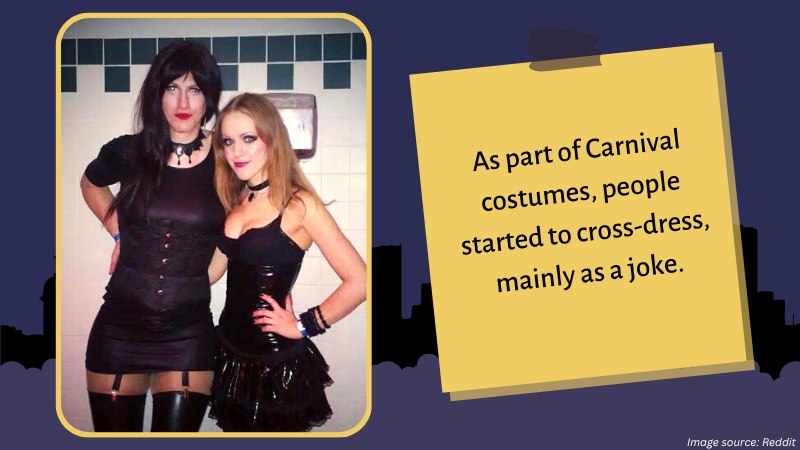
But things kept developing even further. As part of Carnival costumes, people started to cross-dress, mainly as a joke. If you read some of my articles about cross-dressing History, you’ll notice it’s a common gimmick. Cross-dressing is a classic tool of humor. In the beginning, men would wear stereotypical feminine clothes as carnival costumes. They would also use cheap wigs and laughable attempts at makeup. They did it for fun, as well as to perpetuate some sexist jokes. But as time passed, some would go further. Some men would even compete to see who would be more passable as a woman. They started to use more elaborate cross-dressing techniques. Sometimes Including silicone breast forms to trick their friends. Even though it began as a sexist and chauvinist practice, it evolved into something else. As a result, cross-dressing ended up as a classic aspect of the Brazilian Carnival. It still happens in various degrees today and sometimes might still be offensive. But things are changing for the better. Many Brazilian cross-dressers will happily show up to carnival parades en femme.
What it means nowadays
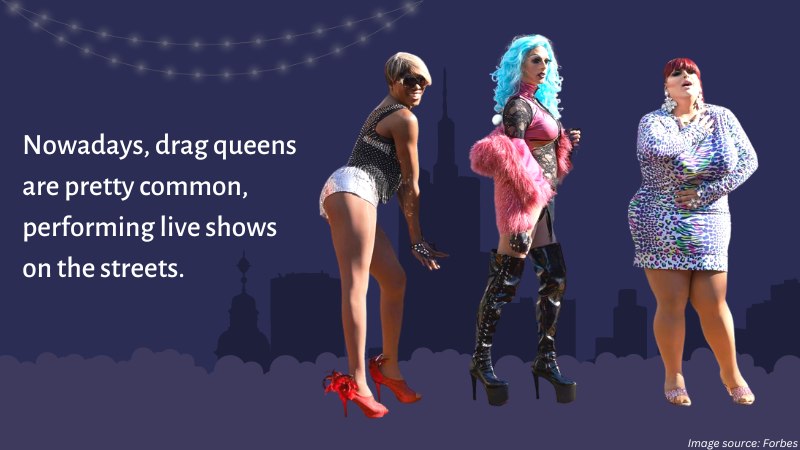
The use of costumes during the Brazilian Carnival resembles Halloween in North America. Some people take it seriously, while others are in it for the laughs. Some only dress up for social convenience and socializing. And last but not least, some of our sisters use it as a perfect excuse to cross-dress in public. It’s a widespread practice for some closeted trans girls to wear feminine clothes in February, so they have the Carnival excuse. As a parallel, others do it during Halloween in the USA, as I have already described in a few other articles.
But besides that, there’s still a lot of support for the LGBTQ community. After the parades, the most significant part of the Brazillian Carnival is the “blocks.” These groups of people join together to party on the streets, and there are lots of these blocks. They got this name because they often cover up entire city blocks due to the number of people. During the 1980s, some blocks were created as safe places for LGBTQ people. They exist similarly to pride parades. There, you can find tons of trans people and cross-dressers. And nowadays, drag queens are pretty common, performing live shows on the streets. And there’s also the “Travestis,” a unique non-binary, feminine-leaning gender identity. Because of that, the Brazilian Carnival is quite popular among the LGBTQ community. And that’s why cross-dressers love this holiday.
My personal experience

Living in the countryside rather than the coast, I wasn’t very interested in the Carnival when I was younger. As a teenager, I would try to cosplay and enjoy it my way, although I still had more fun at conventions. But as I grew older and learned how people used it as an excuse to cross-dress, I knew I had to try it. A few years after figuring out my gender identity and coming out to my girlfriend, I had an opportunity.
Last year, some friends and family were organizing a Carnival party and invited me. They encouraged the men to wear feminine outfits; I knew it was my chance. So I dressed as Mary Read, a famous female pirate, and asked my GF to do my makeup. It was a wonderful experience. They were shocked by my passability. But no one judged me since they thought it was a simple Carnival costume. I had already come out to my parents a few months prior. Thanks to that, I didn’t have to explain why I had a wig and a corset in my closet.
Summary
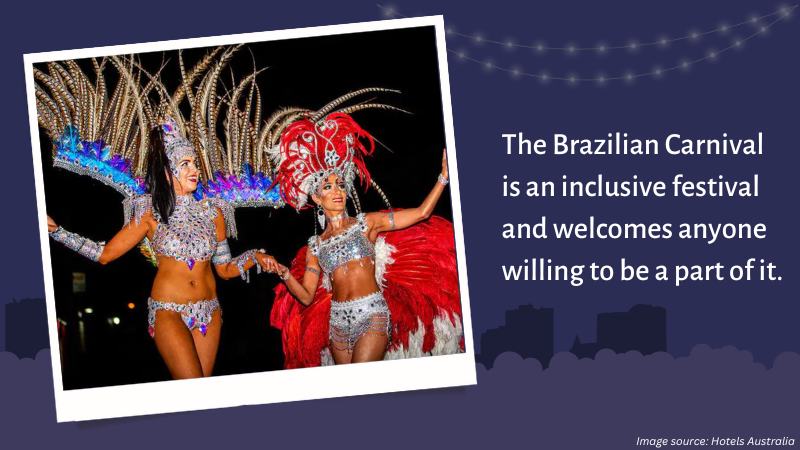
The Brazilian Carnival is an inclusive festival and welcomes anyone willing to be a part of it. Its cultural developments are significant, and centuries of History shaped our society. As such, This holiday as a symbol of LGBTQ acceptance is a good sign for Brazilian cross-dressers. They already see it as an opportunity to be themselves and experiment with new things. What about you? Would you like to cross-dress during such a large-scale event? What would be the perfect excuse for you to go out en femme? Tell us about it in the comments!
Tagged With:crossdressing events
- The Truth About Crossdressing: History, Meaning, and Misunderstandings
- Joining TVChix: The Online Space That Changed My CD Experience
- Praise vs. Degradation: What Fuels Your Feminine Journey?
- How to Support and Navigate Life with a Crossdressing Husband
- How Crossdressing Helps Me Discover Different Sides of Myself
- The Freedom of Age: Why Mature Crossdressers Shine Brighter
Established in 2009, We are a recognized manufacturer and seller of professional crossdressing products.
It is our aim to become not just the most creative manufacturer but also a very considerate seller, as we provide the best quality products for crossdressers all around the world.






















 Breast Forms
Breast Forms  Body Suit
Body Suit  Realistic Mask
Realistic Mask  Femini Girdle
Femini Girdle Hip & Butt Enhancement (8)
Hip & Butt Enhancement (8) Penis Prosthesis
Penis Prosthesis Fake Muscle
Fake Muscle Bikini
Bikini  Wig
Wig  Corsets
Corsets Course
Course service@roanyer.com
service@roanyer.com +8618652200711
+8618652200711 Facebook
Facebook YouTube
YouTube Twitter
Twitter Instagram
Instagram




